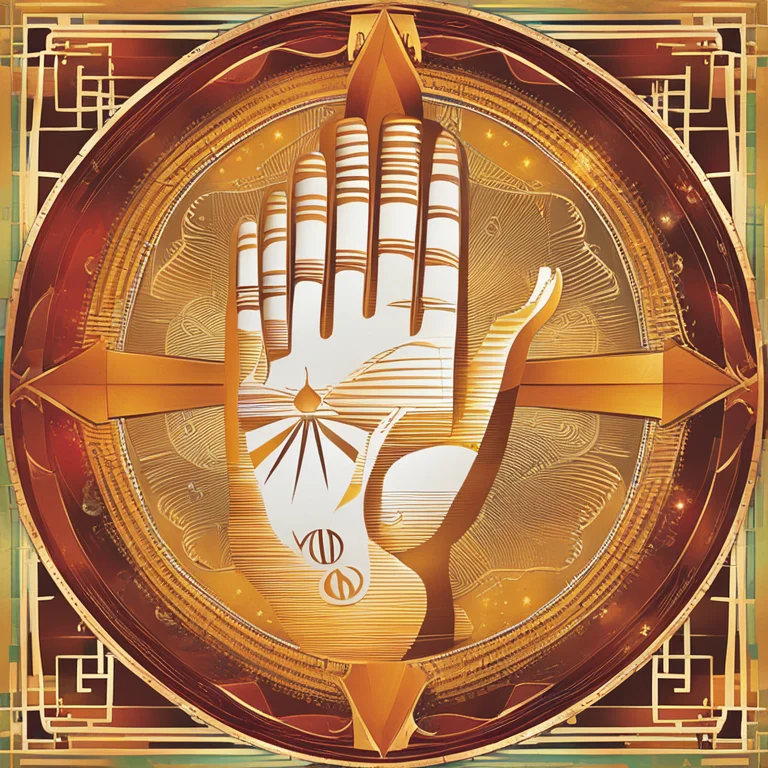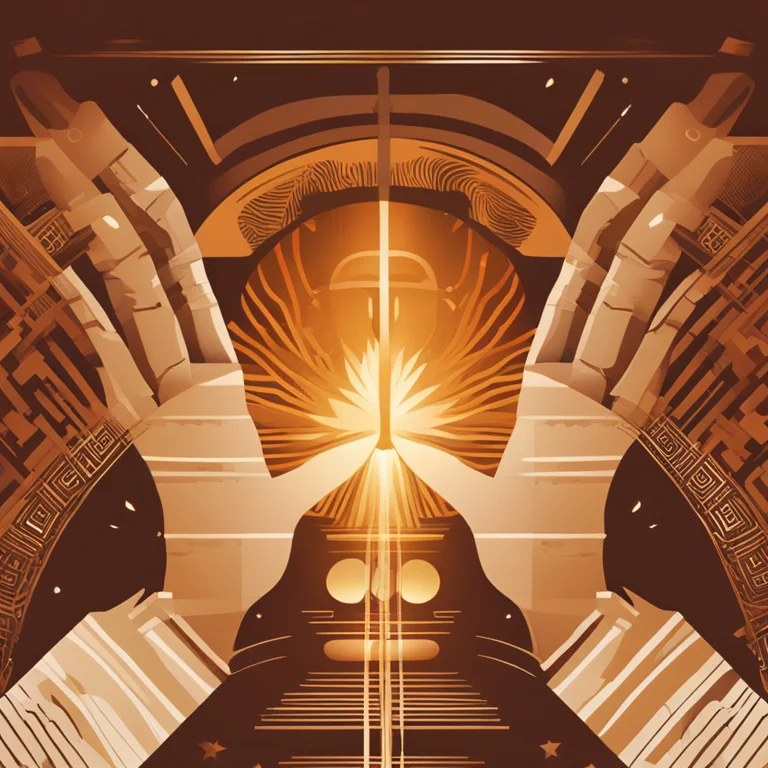
Can We Trust Palmistry?
Delving into the realm of palmistry, this article examines its credibility and place in contemporary spiritual practices.
article by Nora Pennington
The Essence of Palmistry
Palmistry, also known as chiromancy, is the ancient art of interpreting the lines and features of the hands to understand an individual's personality and potential future events. It is a practice rooted in various cultures, with evidence dating its use back thousands of years. Believers argue that our hands hold the blueprint of our lives, offering insights that are both personal and profound. The modern resurgence of interest in esoteric arts has brought palmistry back to the public eye, inviting both skepticism and fascination.

Scientific Perspective on Palmistry
From a scientific standpoint, palmistry is not supported by empirical evidence and is considered a pseudoscience. Critics argue it lacks testable theories and reproducible results. However, some researchers suggest that certain aspects of our hands, like dermatoglyphics (skin patterns), are linked to genetic conditions, which could influence one's predispositions. While these connections do not validate palmistry as a predictive tool, they highlight a fascinating interplay between our biology and personal stories.

Palmistry in the Digital Age
In 2024, palmistry has been revitalized by technology. With apps available for hand reading and tutorials proliferating online, the practice has never been more accessible. However, this digital leap raises questions about authenticity and expertise. True practitioners stress the value of a nuanced, personal reading, emphasizing that while technology can guide, it cannot replace the human touch and intuition that have always been central to the craft.

Cultural and Personal Beliefs
Belief in palmistry often intersects with cultural and individual spirituality. In many Eastern traditions, such as Vedic astrology, palmistry remains intertwined with spiritual practices. For many, palm readings provide comfort, guidance, and a framework for understanding their place in the world. It's a personal journey, one that is as much about the reader's belief and interpretation as it is about the lines on one's palm.

Psychological Benefits of Palm Readings
Regardless of its objective validity, proponents of palmistry report psychological advantages, such as self-reflection and stress relief. Engaging with someone who listens to your concerns and offers insights can have therapeutic effects, akin to talking therapies. This emotional exchange, more than the literal interpretation of lines, may be a key component of palmistry's enduring appeal.
Making an Informed Choice
Ultimately, whether one should believe in palmistry is a personal decision that hinges on individual experiences, beliefs, and perspectives. Knowledgeable seekers should approach palmistry with an open mind but also a critical eye, understanding that while it might provide interesting insights, it should not be taken as a determinative science. The charm of palmistry lies in its mystique and its capacity to enchant our imaginations.
Published: 1/11/2024
Modified: 1/11/2024
More predictions
Come back here soon to learn more about yourself and your future


The Secrets of the Jupiter Mount & Palmistry
Discover the significance of the Jupiter Mount in palm reading and how it reflects your leadership and ambition.


The Impact of the Jupiter Mount in Palmistry
Discover the impact of the Jupiter Mount on your life through palm reading. Learn about its meaning and significance in palmistry.